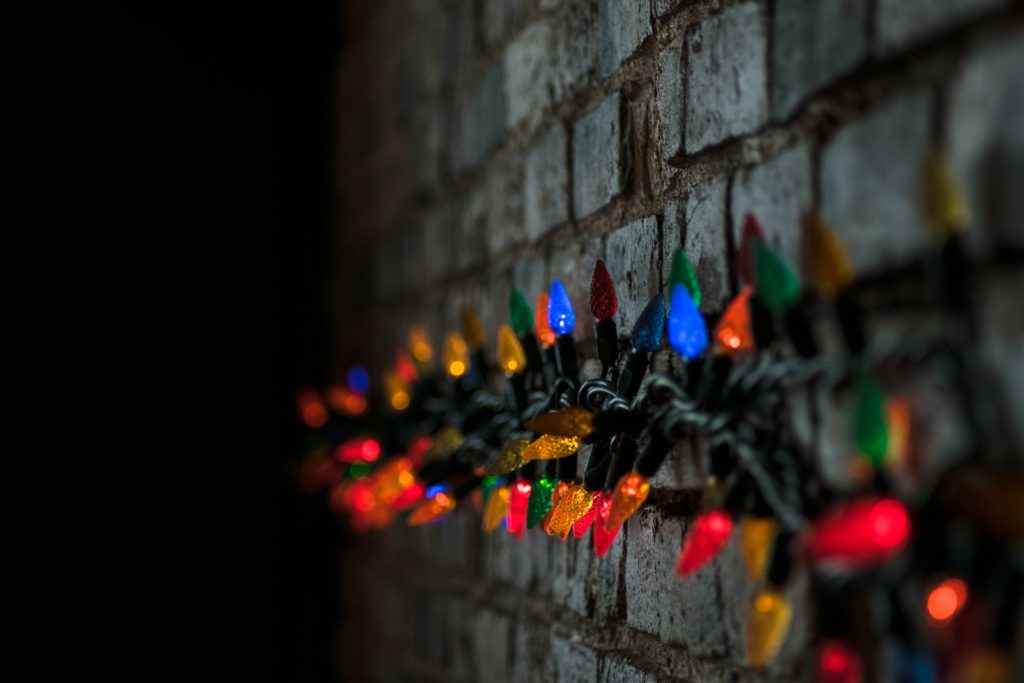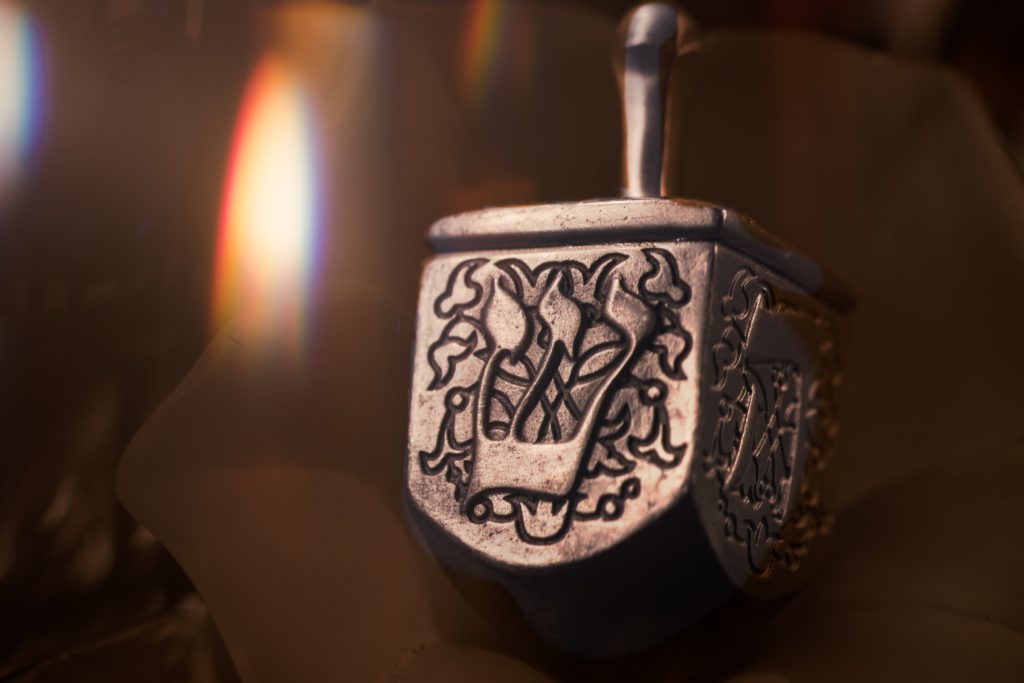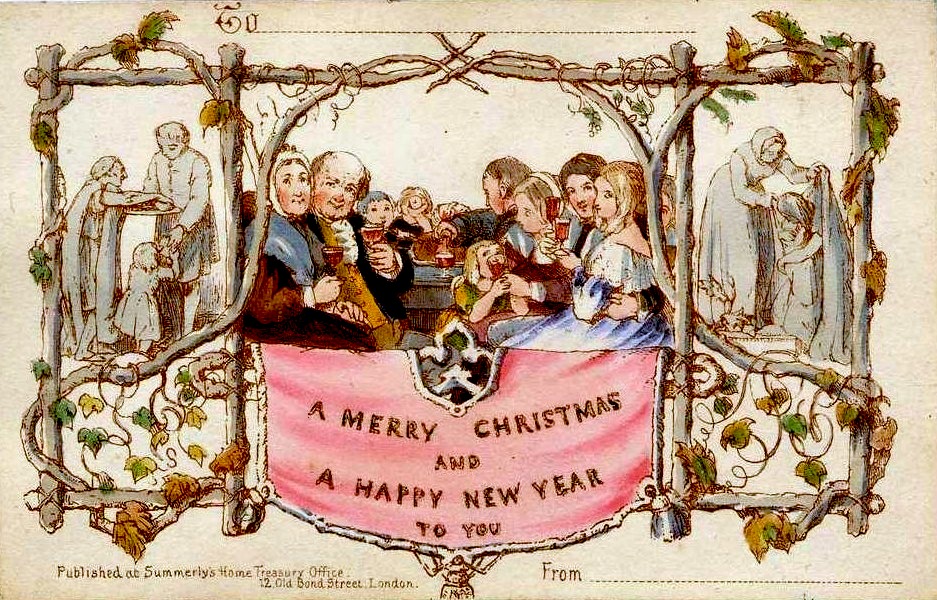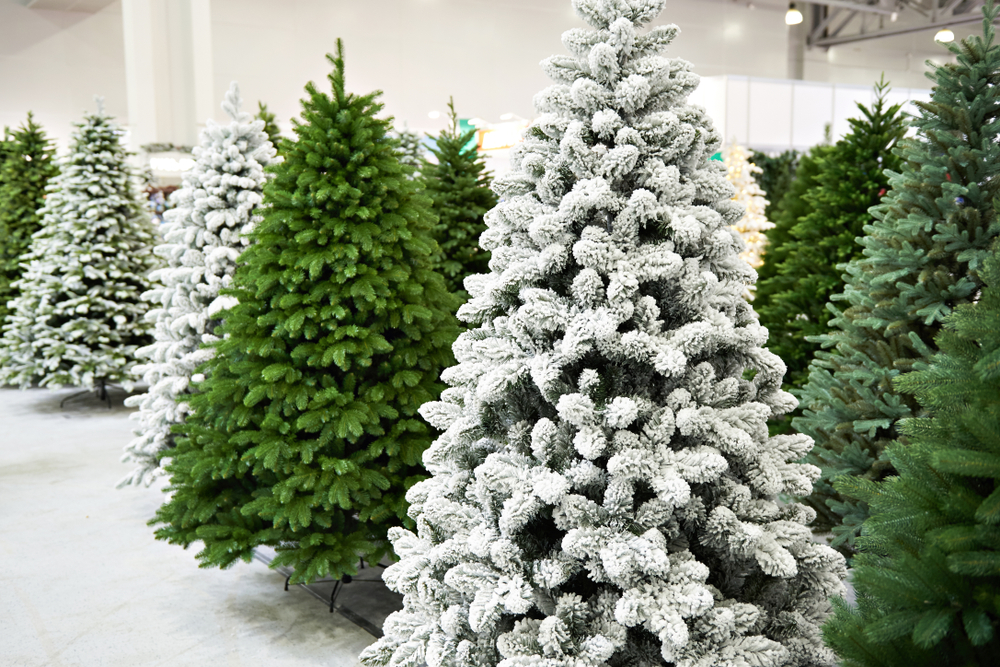The holidays are upon us, and that means breaking out the lights, meticulously wrapping presents and addressing endless greeting cards to our friends and family. Of course, these staples of spreading holiday cheer weren’t always around. From yule logs to candy canes, here are the origins for some of the best holiday inventions to keep you merry and bright.
STRING LIGHTS

While they might be a hassle to get untangled, prior to their release, people would decorate their trees with live candles. As you can imagine, this was actually pretty dangerous, so Edward Johnson sought to create a safer alternative. Johnson, the protégé of Thomas Edison, debuted his electric Christmas lights to the public in the late 1800s and the tradition of wrestling with them each year has persisted ever since.
GIFT CARDS
These popular stocking stuffers and gifts from relatives you don’t really speak with first debuted in 1998. Nancy Gensburg and Carol Jacobsohn of Swift Gifts in Illinois combined the magic of modern credit cards with store-specific gift certificates and gift cards were born. They were an instant hit and now most retailers have some version of a gift card.
YULE LOGS
Few people burn actual yule logs anymore. The tradition started as a pagan ritual to celebrate the winter solstice, usually burning pine, birch, oak, or aspen (with each type of wood having a different meaning). The modern equivalent is the yule log cake or “Buche de Noel.” A chocolate sponge cake is rolled around cream and decorated to look like a traditional yule log. It was first created by a French pastry chef in the late 1880s.
THE DREIDEL

Before becoming the game of choice at Hanukah gatherings, the dreidel started as a top popular in Germany during Christmastime. The Jewish community soon adopted the toy, changing the letters on the top from German to Yiddish. Some stories also suggest that they were used as a cover-up after illegally reading the Torah while hiding from the Seleucids.
CANDY CANES
White sugar candy sticks were popular treats, but in 1670 the choirmaster at Cologne Cathedral decided to bend them to look like shepherd’s crooks. They were handed out to children to keep them quiet during services. It wasn’t until the 1900s that the peppermint flavor and iconic red stripes were added, making them the wintertime snack we all know and love.
GREETING CARDS

Surprisingly, Hallmark had nothing to do with the first Christmas card, although they did help popularize them years later. The first card was designed in 1843 by Sir Henry Cole and his friend, artist John Horsley. The inscription was a simple “A Very Merry Christmas and a Happy New Year to You.” Believe it or not, the card was actually quite controversial because it included an image of a child being given a glass of wine. But one controversial card didn’t stop this fad. Today, thanks to sites like Shutterfly, many families send out personalize cards with family photos so you can see just how much everyone has grown in the last year.
WRAPPING PAPER
We have Hallmark to thank for wrapping paper, naturally. People traditionally wrapped their presents in fabric or plain papers, but the Kansas City, Missouri Hall Brothers store ran out of the latter one day in 1917. They started offering patterned envelope liners as an alternative. Shoppers loved it and gift wrap hasn’t been the same since. Today, you can find gift wrap decorated with everything from donuts to dinosaurs, and it’s become an art to match the gift wrap with the receiver’s personality.
ARTIFICIAL CHRISTMAS TREES

While going out as a family to pick out the perfect Christmas tree is considered iconic, nowadays many pull the artificial one from the basement. Early artificial trees were made in Germany out of wire covered in green-dyed feathers. In the 1930s, the plastic tree most are familiar with was introduced by Addis, a toilet brush company and the first trees were made out of, you guessed it–toilet brush bristles. We’ve come a long way since then and now you can get trees pre-lit, snow covered and in all colors of the rainbow.




